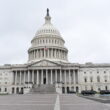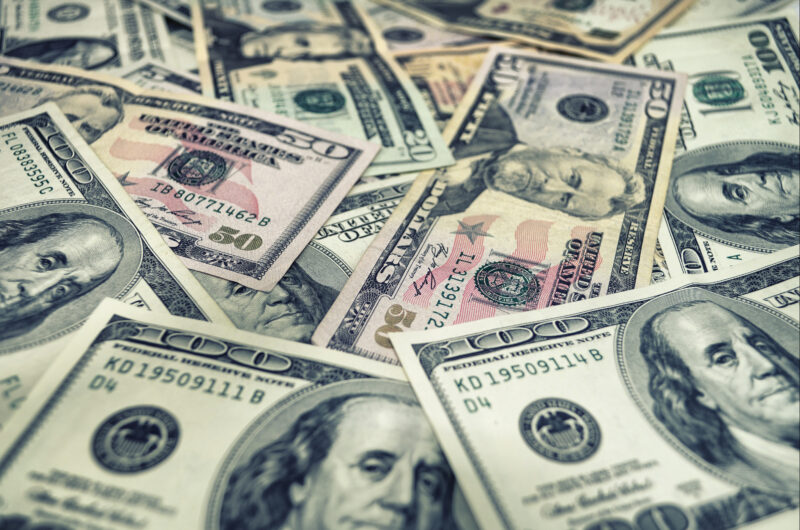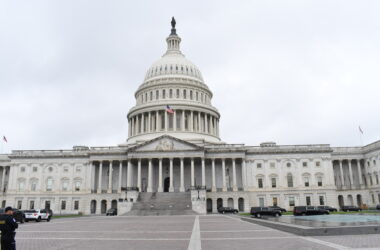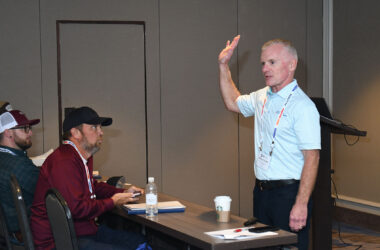The “One Big Beautiful Bill,” signed into law in July, includes a tax deduction of up to $10,000 on car loan interest. But the real savings for taxpayers are expected to fall well short of that total.
A study by auto refinance company Caribou found that fewer than 3 percent, 2.8 million of the 100 million with auto loans, will qualify for the deduction. Those few that will qualify will receive a deduction of $333 on the average loan of $41,720 with a rate of 6.73 percent and a term of 68.63 months.
For a loan to qualify for the deduction, the vehicle must be purchased after Jan. 1, 2025, be for personal use and be assembled in the U.S. Only new vehicles are eligible. There are also income thresholds, with the deduction being reduced by $200 for each $1,000 the adjusted gross income exceeds $100,000 ($200,000 for joint return). Single filers with a modified adjusted gross income of $149,000 ($249,000 for joint filers) will receive no deduction.
“The reality is that only a small fraction of borrowers will qualify for the new deduction, and even fewer will see the touted $10,000 in annual savings,” said Simon Goodall, CEO of Caribou.
The early version of the bill included a tax deduction for used vehicle loans. That deduction was cut from the Senate version to reduce the cost, which was estimated to be in excess of $57 billion by the Joint Committee on Taxation.
NIADA sent letters to the leadership of the Senate Finance Committee and other lawmakers to keep loans for used vehicles in the bill to benefit the most consumers. A majority of vehicles financed are used, 56.7 percent in the first quarter of 2025, according Experian’s Auto Finance Market Report.
“Including used vehicles in the OBBBA would have provided substantially greater impact and reach for American consumers, particularly because used car sales are projected at about 38 million in 2025, far outnumbering the 15.7 million new cars expected to be sold (2025 Cox Automotive Forecasts). Used car buyers are those most in need of policy support: they generally have lower incomes, face higher average interest rates, and take on longer loans. This adds up to significantly higher total interest costs for families already navigating tighter budgets,” said Eric Stradley, President of Caribou.
Stradley pointed out with new vehicles costing $48,000 and used vehicles $25,000, a new vehicle loan is not an option for many Americans.
“Including used vehicles in the OBBBA would have meant far broader, better-targeted relief, directly addressing people most affected by modern market affordability pressures and ensuring the support reaches those who need it most,” Stradley said, while mentioning refinancing as an option for consumers with high-interest loans.










